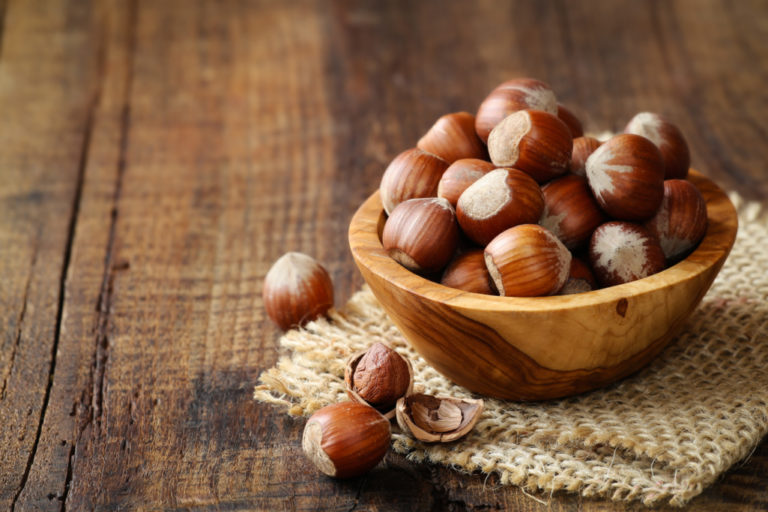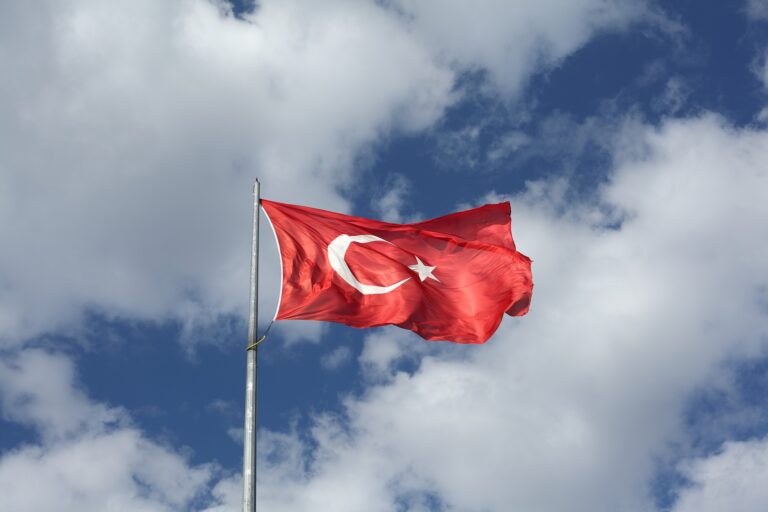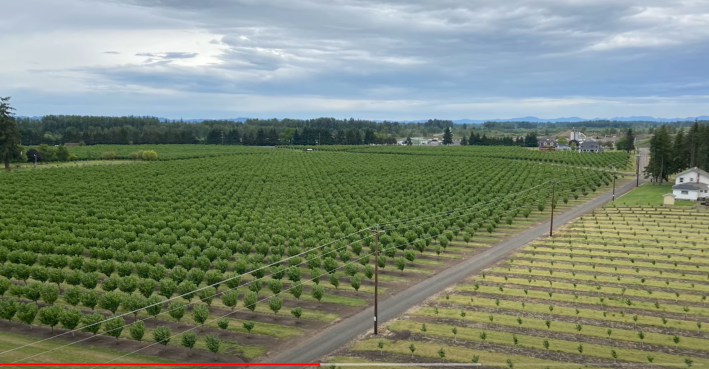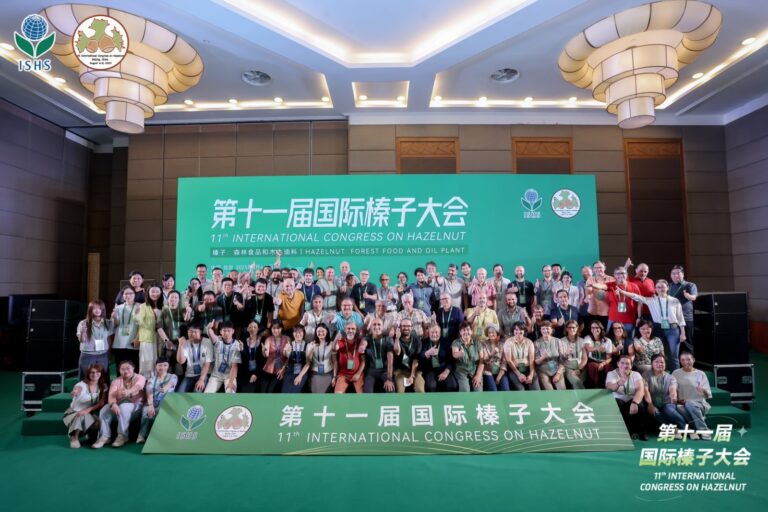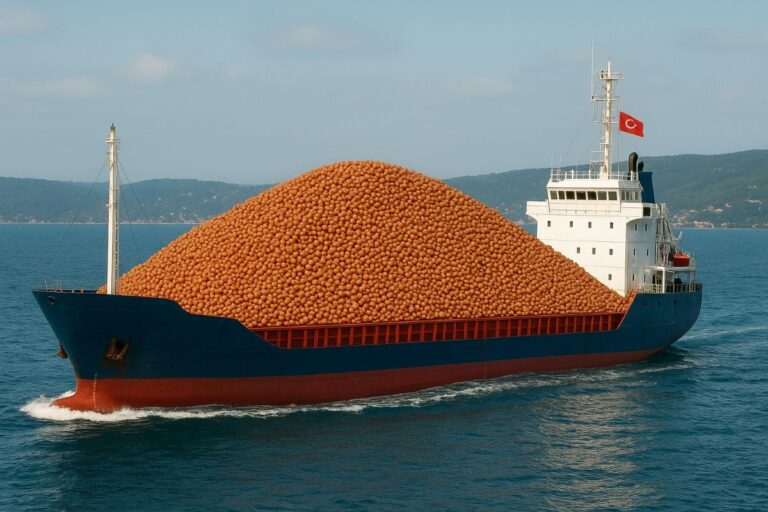Chile: Another 300 hectares of hazelnuts in Ñuble.
The favourable climatic conditions and soil quality offered by the Province of Ñuble, as well as the advantages of European hazelnut cultivation for the producers, are undoubtedly important reasons why the planted area of this species has increased exponentially in recent years. However, a key factor behind this phenomenon is the supply contracts system employed by the company Agrichile, of the Italian group Ferrero; the firm that produces the famous Nutella and Ferrero Rocher chocolates.
At present, according to the Catastro Frutícola 2016 of Ciren, there are 759.2 hectares of European hazelnut in the province, of which 325 belong to the Ferrero subsidiary. And this figure will continue to grow, as AgriChile plans to plant 300 more hectares.
And while only 4% of the acreage devoted to this product at national level is in Ñuble, AgriChile’s general manager, Eugenio Ulrici, affirms that it is “undoubtedly a province with a high potential.” This was reason enough for the company to decide buying land in Ñiquén, which already had 325 hectares planted, and in which they will plant another 300, according to Ulrici.
“This is a product that has seen its demand grow steadily in recent years, making it a very attractive option,” added the executive.
Growing plantations
“Our goal is to help Chile become a world power in the production of European hazelnuts; therefore, we have plans to reach the 4 thousand hectares planted in 2017, thus increasing by 12% our current area, which stands at 3,585 hectares,” he assured.
He added that they also plan to “continue the development of nurseries, which allows us to respond to a demand of close to a million plants per year, and signing production purchase contracts with any producers interested.”
When asked about the possibility of new purchases in Ñuble, he discarded them for next year. “We are always evaluating the availability of land in the different regions with the proper conditions for hazelnut cultivation; however, for now, we have no plans to buy more land in Ñuble, at least until we have finished planting the 300 hectares we have already purchased.”
Infrastructure
AgriChile also has a drying plant in the commune of Ñiquén.
“The drying plant is part of the facilities where the fresh fruit from our fields is received and introduced into silos, where the moisture is extracted from the fruit before being shipped to the shelling plant, located in the commune of Rio Claro (Maule Region),” explained Ulrici.
However, the upward trend of the acreage in Ñuble and the fact that more than half of the planted area is still in formation may require an increase in the capacity.
“We do not have plans to expand this infrastructure for the moment, since for now it responds adequately to the existing fruit supply in the area; however, we don’t rule out re-evaluating this situation in the future if the area planted in the province continues to expand significantly,” stated the executive.
Agrichile has three drying units in the country, which process a total of 15,000 tonnes of hazelnuts per season. According to Ulrici, the main advantages of European hazelnut crops have to do with “the lower investment required, a quantity of water no higher than that of other fruit trees, a lower need for pesticides and agrochemicals, the mechanization of the harvest and, for whoever signs the supply contract, a commitment of up to 15 years to purchase the fruit at the market price.”
According to the Ciren cadastre, the average yield of this species in the Bío Bío Region is 1.6 tonnes per hectare, with an average density of 589 plants per hectare.
Copyright: freshplaza.com

